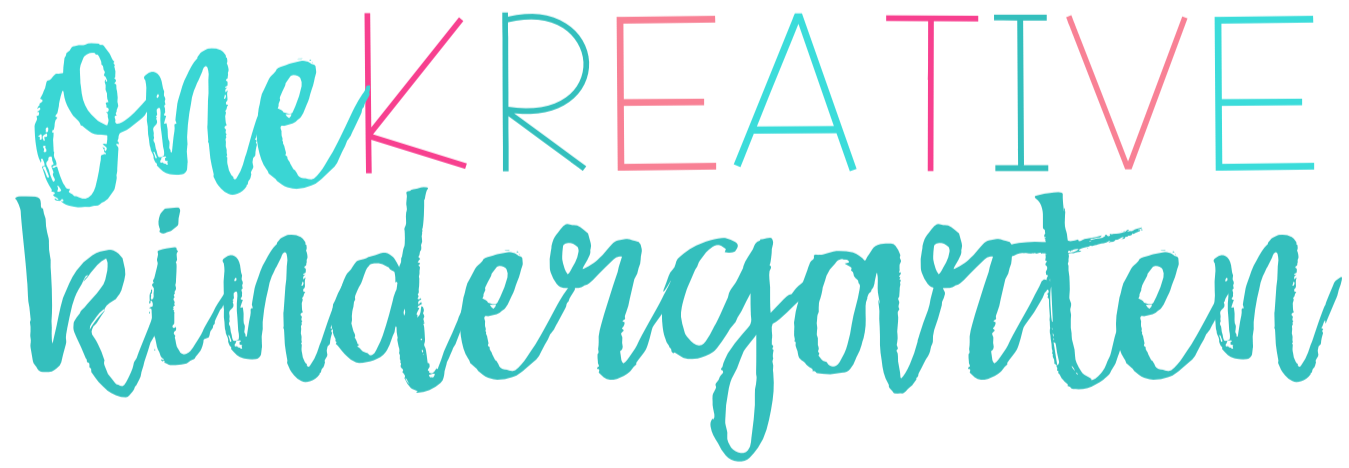Differentiated instruction is such an important aspect of a successful classroom. In any grade, there is always a range of students’ capabilities. Some students flourish in some areas and need support during others. Some students need hand-holding throughout all subjects and others need a challenge. Differentiation can give students the extra support or challenge they need to never stop learning and never give up.

Differentiation: An Overview
By definition, differentiation is the “development from the one to the many, the simple to the complex” – Merriam Webster dictionary.
When teachers differentiate instruction, they tailor the lesson to the students’ needs by taking a concept they want their students to learn and providing support to lower students or a challenge to higher students.
Helping your Struggling Students
Your struggling students benefit a ton when you differentiate instruction because they are the ones who need extra help. They’re the kids who seem to be lost, don’t know the instructions, or guess to try to get by. There’s nothing wrong with this type of student, they just need you to hand-hold a little more.
How to help your lower students
- Model more than you would for the average student
- Do more examples together
- Work in a small group (with students at a similar level)
- Take the content and make it simpler
- Make it hands on

Challenging your High Students
Your high students can greatly benefit from differentiating instruction because they need a challenge to continue to grow. These are the kids who are raising their hands, know what to do before you tell them and could easily get bored because they already know everything you’re going to say. These kiddos need a push to reach a higher level.
How to challenge your high students
- Give higher level thinking assignments
- Talk less, model less, give less examples – set them free to work on their own
- Work in a small group (with students at a similar level)
- Let them be helpers to students who have trouble – sometimes students learn more from peers
- Make it hands on
When to Differentiate
Differentiating is tough, I’m not gonna lie. Taking a concept and splitting it up so it’s taught at all students’ levels seems like a lot of work and honestly, it is. That’s why I’ve chosen to focus on differentiating during reading and math.
My lower school team uses guided reading as a way to teach reading. I learned this teaching strategy when I got my credential so I was familiar and comfortable when I started teaching kindergarten. If you have a strong program (we use Fountas and Pinnel) and materials then it’ll be simple enough. Now, guided math is a different beast. This is my first year using guided math and I am just starting to get the hang of it. (That’ll be another post for another time.) What I’m learning this year while using a guided math is to differentiate by tweaking the curriculum program we have so I’m not making more work for myself.
Differentiating is such a magical tool that can really help students grow and flourish if you put the time in to set up a system, create the lessons and work with your kiddos in small group settings.
Do you differentiate in your classrooms? What tips would you give a beginning differentiator?

Similar Posts
Guided Reading: The Ins and Outs
Guided Reading Groups: How to Set up Your Groups in the Beginning of the Year
Classroom DIY: Guided Reading Caddies
More to come on Guided Math!





























